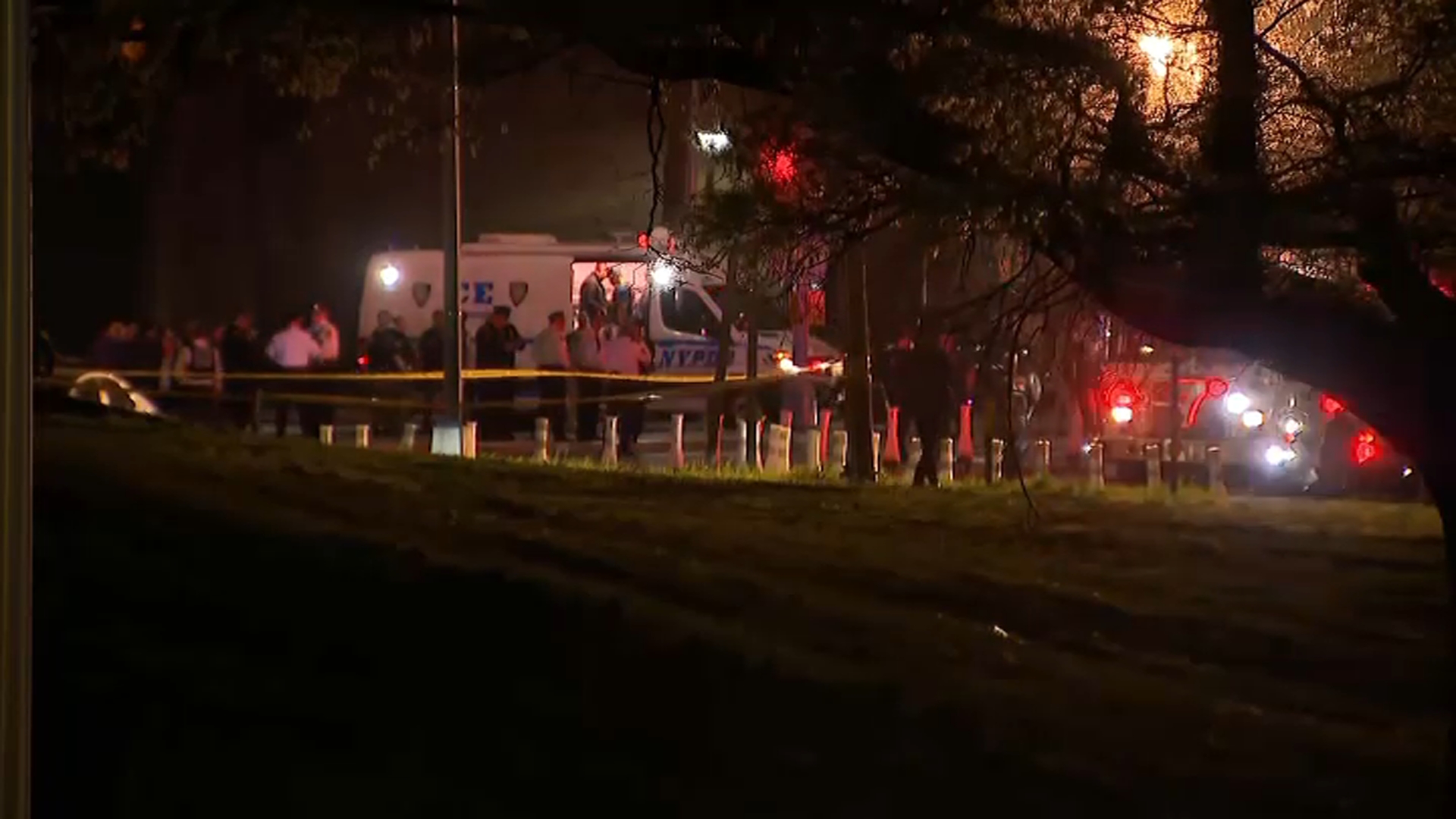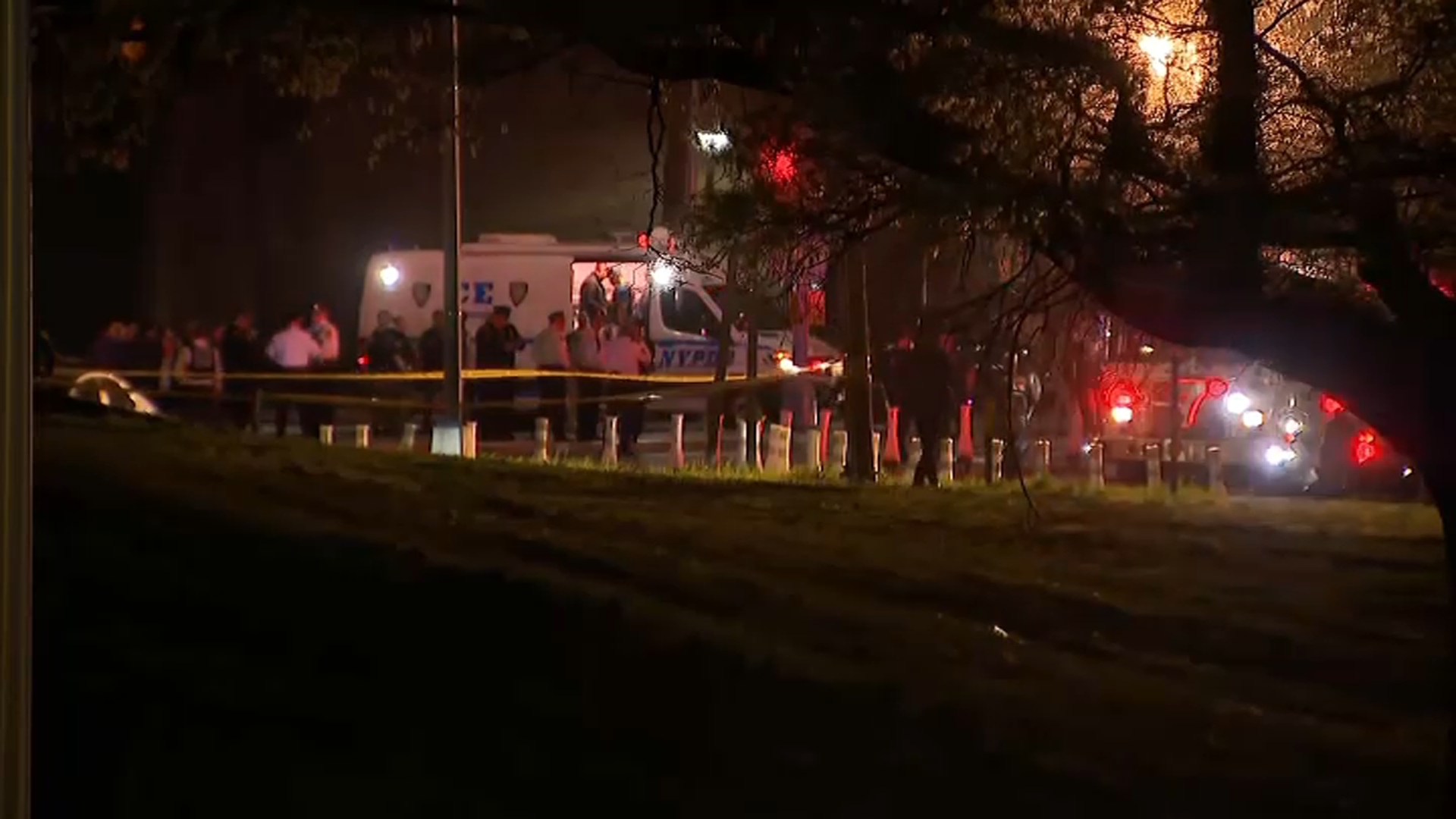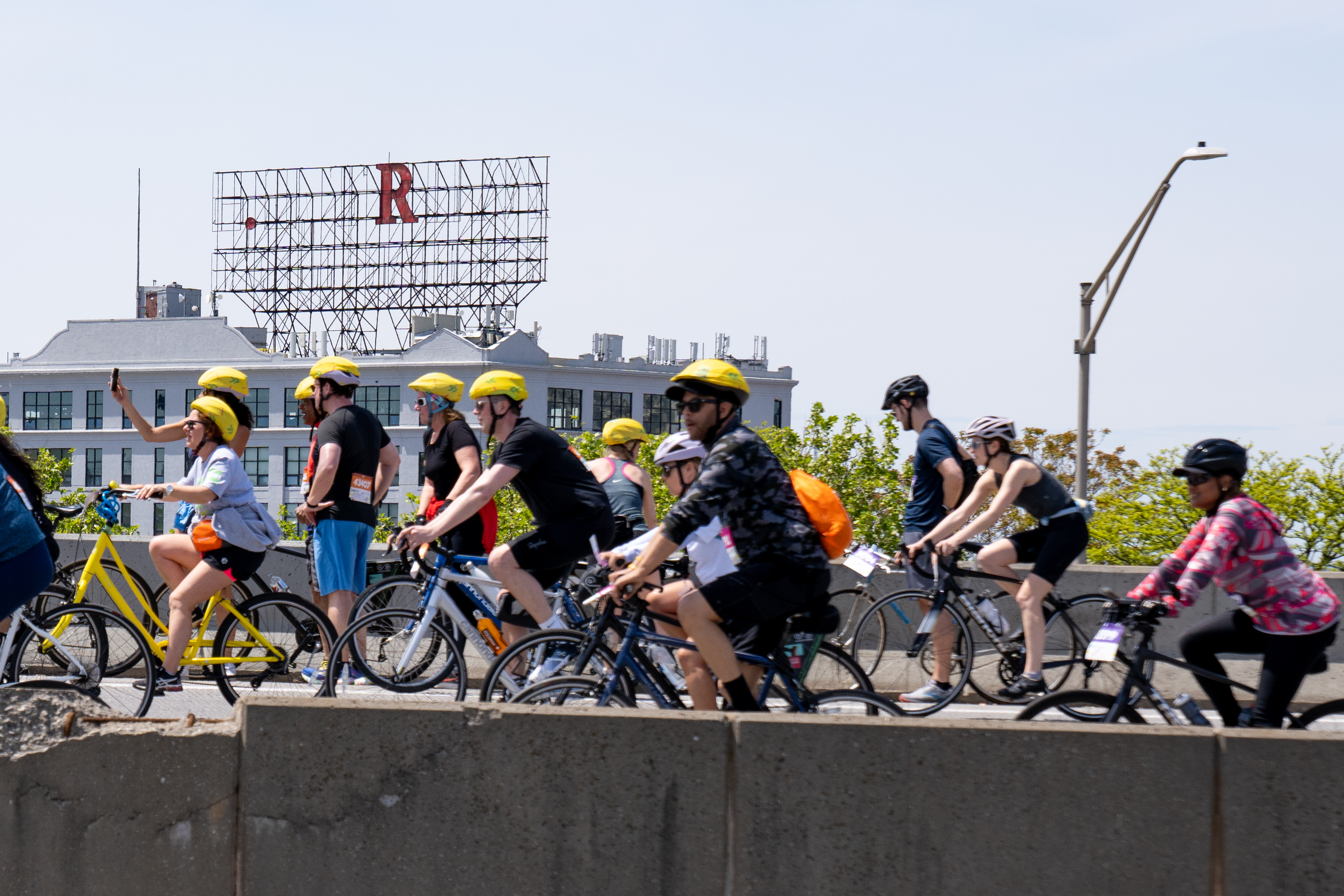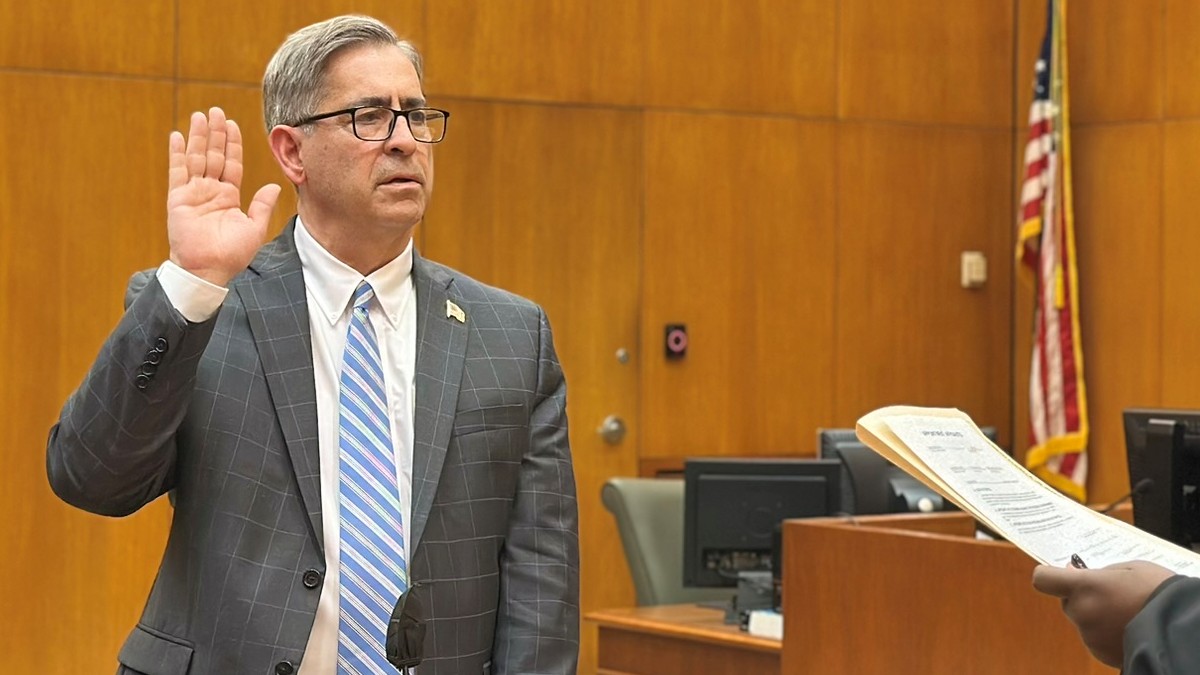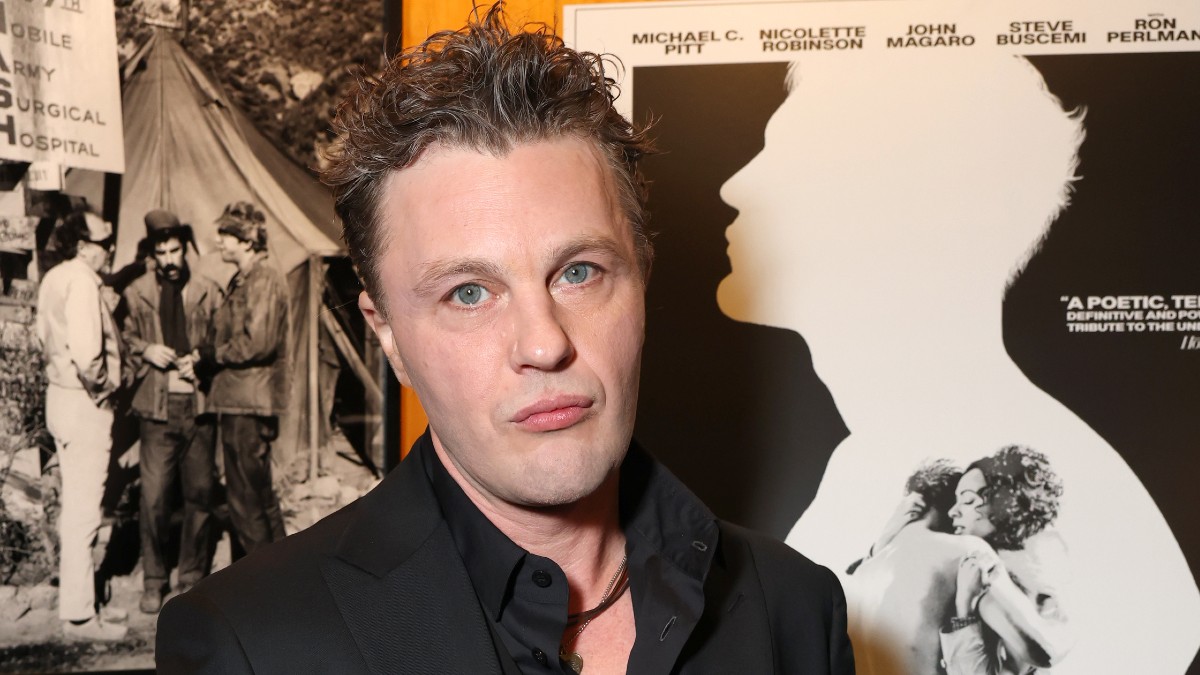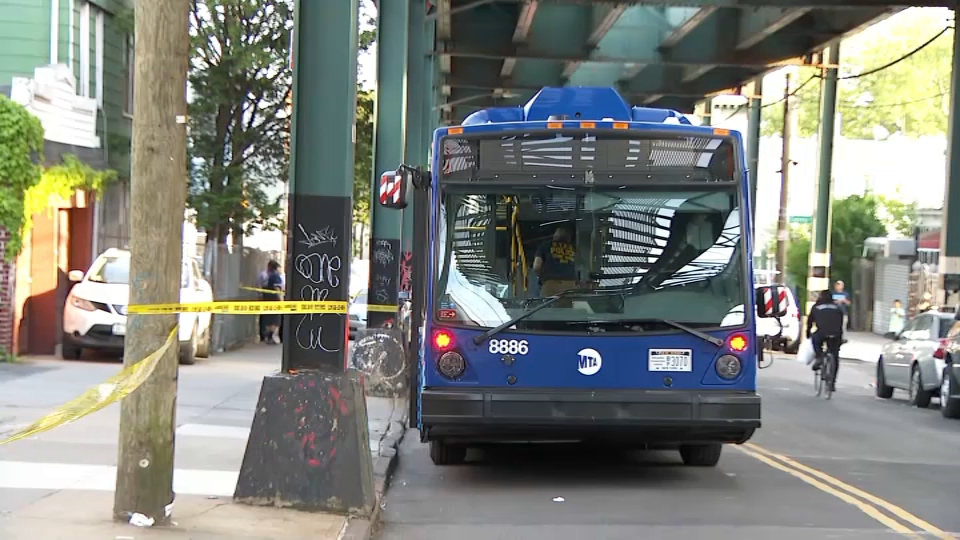Police Shooting: Brooklyn Stolen Car Incident Turns Deadly
Brooklyn Tragedy: Police Shooting Leaves One Dead in Stolen Car Incident
Introduction: A Night of Chaos in East New York
Tuesday evening in Brooklyn took a tragic turn as a police-involved shooting resulted in the death of an individual suspected to be in a stolen vehicle. This incident, which unfolded in the East New York neighborhood, has sparked questions and concerns within the community. What started as a search for a stolen car quickly escalated into a deadly encounter. Let's delve into what we know so far, piecing together the details of this developing story.
The Initial Report: Stolen Vehicle Alert
The sequence of events began earlier in the evening when officers from the NYPD's Community Response Team issued an alert describing a stolen vehicle. This alert painted a picture of a white Porsche, distinctive due to its mismatched Pennsylvania license plates. It's like spotting a zebra in a herd of horses – that detail made it stand out.
The Description: A White Porsche with Mismatched Plates
Imagine receiving that alert: "White Porsche, mismatched plates." It’s specific enough to trigger an immediate reaction. This level of detail is crucial for law enforcement when searching for a vehicle potentially involved in criminal activity.
The Encounter: Belt Parkway and Seaview Avenue
Shortly after the alert went out, a vehicle matching the description of the stolen Porsche was spotted in the vicinity of Belt Parkway. This sighting set the stage for the events that would soon unfold near Pennsylvania Avenue and Seaview Avenue. What happened next remains a subject of investigation, but the stakes were clearly raised at this point.
The Location: Pennsylvania and Seaview Avenue
The intersection of Pennsylvania and Seaview Avenue became the focal point of the investigation. This area, located in East New York, Brooklyn, is now the scene of a major police investigation.
The Shooting: Escalation and Loss of Life
At some point during the encounter, an officer discharged their firearm, striking someone inside the suspected stolen vehicle. Tragically, the individual succumbed to their injuries at the scene. The exact circumstances leading to the shooting are still under investigation, but reports suggest the vehicle may have attempted to ram a blockade or a police vehicle.
Possible Ramming Attempt: A Critical Detail
If the vehicle did attempt to ram a blockade or police vehicle, it fundamentally changes the narrative. It raises the question of imminent threat and the justification for the use of deadly force. This detail will undoubtedly be a central point of inquiry.
The Second Suspect: Apprehension After Flight
Amidst the chaos, a second suspect reportedly attempted to flee the scene. Fortunately, police were able to apprehend this individual, and they are now in custody. Their testimony and involvement will be critical in understanding the full scope of what transpired.
Flight as an Indication: What Does it Imply?
The attempted flight of the second suspect naturally raises questions. Did they have knowledge of criminal activity? Were they simply panicked? These are the questions investigators will be seeking to answer.
NYPD's Official Statement: Limited Information
The NYPD has confirmed that a police-involved shooting occurred. However, they have remained tight-lipped, offering limited details about the incident. This is standard procedure in ongoing investigations, but it leaves the public with more questions than answers.
The Waiting Game: Patience Amidst Uncertainty
In situations like these, patience is paramount. The NYPD is likely withholding information to protect the integrity of the investigation and to avoid compromising any potential legal proceedings. However, transparency is also crucial for maintaining public trust.
Community Response: Anxiety and Concern
News of the shooting has understandably sent ripples of anxiety and concern throughout the East New York community. Residents are eager to learn more about what happened and to understand the measures being taken to ensure accountability and prevent future tragedies.
Seeking Answers: The Community's Right to Know
The community deserves a clear and comprehensive explanation of the events that led to the shooting. This transparency is essential for fostering trust between law enforcement and the people they serve.
The Investigation: Unraveling the Truth
A thorough and impartial investigation is now underway. Investigators will be meticulously examining the scene, gathering evidence, interviewing witnesses, and reviewing body camera footage to determine the precise sequence of events that led to the shooting. No stone will be left unturned.
Evidence Gathering: A Meticulous Process
The process of gathering evidence is painstaking and crucial. Every detail, no matter how small, could potentially hold the key to understanding what happened. From shell casings to tire tracks, everything will be analyzed with precision.
Legal Implications: Potential Charges and Lawsuits
The outcome of the investigation will have significant legal implications. Depending on the findings, potential charges could be filed against the surviving suspect, and the officer involved in the shooting could face scrutiny. Civil lawsuits are also a possibility.
Qualified Immunity: A Legal Shield?
One of the legal concepts that could come into play is qualified immunity, which protects law enforcement officers from liability in certain circumstances. However, this protection is not absolute and depends on the specific facts of the case.
Body Camera Footage: A Crucial Piece of the Puzzle
The existence and availability of body camera footage could prove to be a game-changer in this investigation. Footage from the officer's body camera, as well as any dashcam footage from police vehicles, could provide a clear and unbiased record of what transpired in the moments leading up to the shooting. This footage is highly anticipated.
Transparency Through Technology: The Role of Body Cameras
Body cameras have become an increasingly important tool for promoting transparency and accountability in law enforcement. When used properly, they can provide invaluable evidence in police-involved incidents.
Training and Policy: Examining Best Practices
This incident will inevitably lead to a review of police training and policies regarding the use of force, particularly in situations involving suspected stolen vehicles. Are current protocols adequate? Do officers have the necessary tools and training to de-escalate potentially dangerous situations? These are the questions that will be asked.
De-escalation Tactics: Seeking Non-Lethal Alternatives
The use of de-escalation tactics is a critical component of modern policing. Officers are trained to attempt to resolve situations peacefully whenever possible, using non-lethal alternatives before resorting to deadly force.
The Stolen Vehicle Crisis: A Citywide Problem
This incident also shines a light on the broader issue of stolen vehicles in New York City. Car theft is a persistent problem, and authorities are constantly working to develop strategies to combat it. Is this part of a larger crime wave? Are there specific areas that are more vulnerable to car theft?
Combating Car Theft: A Multifaceted Approach
Addressing the problem of car theft requires a multifaceted approach, including increased patrols, improved security measures, and tougher penalties for offenders. Collaboration between law enforcement agencies and the community is also essential.
Looking Ahead: Seeking Justice and Healing
As the investigation continues, the community of East New York is grappling with grief, anger, and uncertainty. The pursuit of justice and healing will be a long and challenging process. It’s important to allow the legal process to take its course and to support the affected families and individuals.
Moving Forward: A Path to Reconciliation
Reconciliation is key. Community leaders and law enforcement officials must work together to address the underlying issues that contribute to crime and violence and to build a stronger, more trusting relationship.
Conclusion: Key Takeaways and Lingering Questions
The police-involved shooting in East New York has left one person dead and a community in mourning. While the investigation is still ongoing, several key takeaways have emerged:
- A stolen vehicle alert triggered the chain of events.
- A confrontation occurred near Pennsylvania and Seaview Avenue.
- An officer discharged their firearm, resulting in a fatality.
- A second suspect is in custody.
- The investigation is ongoing and will be scrutinized.
The incident raises important questions about police use of force, de-escalation tactics, and the broader issue of stolen vehicle crimes. Only time will tell what the full consequences of this tragedy will be.
Frequently Asked Questions
- What triggered the police to pursue the stolen vehicle in the first place?
The police initiated the pursuit after receiving a report of a stolen white Porsche with mismatched Pennsylvania license plates. The description was disseminated to officers in the area, leading to the vehicle being spotted.
- What evidence is being collected at the scene of the shooting?
Investigators are collecting a range of evidence, including shell casings, tire tracks, witness statements, and any available video footage from body cameras or dashcams. The stolen vehicle is also being thoroughly examined.
- What is the status of the second suspect who was apprehended?
The second suspect is currently in police custody and is being questioned. Their role in the incident and any knowledge they may have is a key focus of the investigation.
- What kind of training do NYPD officers receive regarding the use of force?
NYPD officers undergo extensive training on the use of force, including de-escalation techniques, non-lethal methods, and when deadly force is justified. This training is regularly reviewed and updated to reflect best practices.
- How will the community be informed of the investigation's findings?
The NYPD will likely release a public statement outlining the findings of the investigation once it is complete. Transparency is crucial, and the department will aim to provide as much information as possible without compromising any potential legal proceedings.
